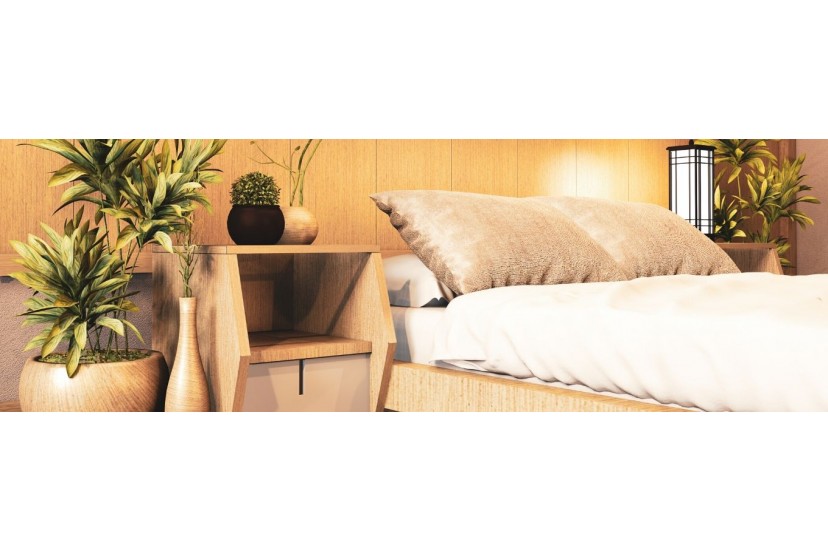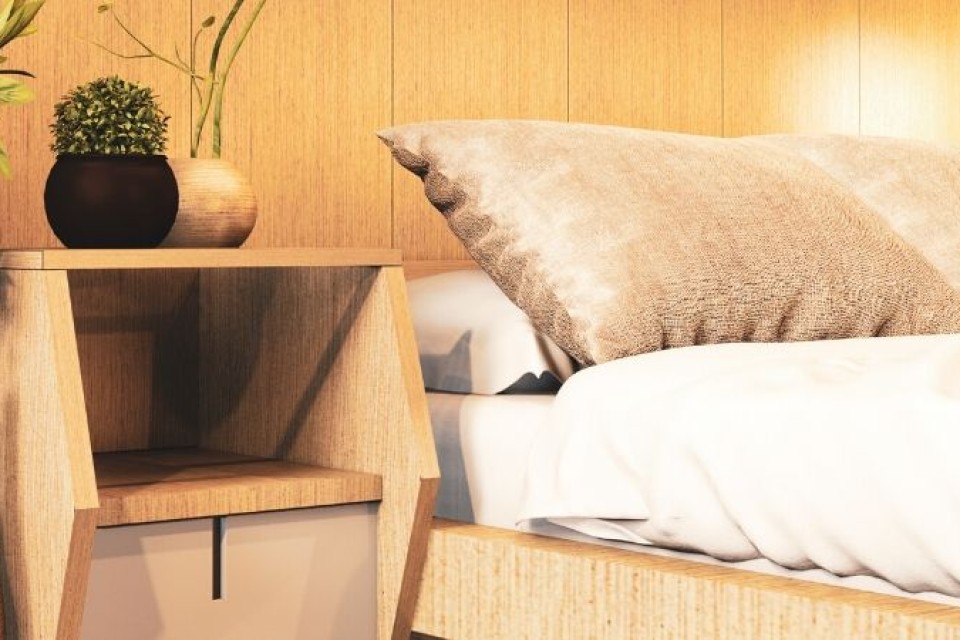Japan is one of the world's most iconic design cultures. Everyone can immediately identify a Japanese bedroom when shown one. With its simple lines, discrete colours and delicate design choices, the look is instantly recognizable, and even though it evolves and changes with the passing of time, it always keeps its strong sense of identity.
Japanese culture has a strong sense of aesthetic bliss, and they understand that the way we decorate and compose the spaces we are going to be living in, and spending most of our time in, affect our stability and day-to-day lives in more ways than one. This search for the space where we are most relaxed and most in-tune with ourselves is ingrained in the way the Japanese style has developed throughout time. We could all learn something from this mindset, and today we are going to be through some basics on how to achieve your perfect Japanese-inspired bedroom.
The bed
We all know not all Japanese people will follow tradition to the point, so you wouldn't be surprised not to find tatami mats on most Japanese bedrooms. Beds have become more and more common and they are the norm. However, the idea that closeness to the ground helps you recharge your energies through the earth, which was how the tradition to sleep on the floor came to be, is still valued. Beds in Japan are, as such, quite low.

Optimize space
Real estate in Japan, especially in the cities, is prohibitively expensive. This has made the Japanese specialists when it comes to making the most of every nook and cranny. This is true even if you have an ample bedroom. Every piece of furniture, closet or empty space must be used to its full potential, and no clutter is allowed.
A place of introspection
Don't, for even a second, think you have to cram your room full of useless things to optimize it, however. Privacy is a cornerstone of Japanese culture, and it is thought of as essential for both intimacy and meditation. As such, make sure your room is not excessively bright, and that natural light is manipulated to create a soothing, introspective feel.The bed linens should be delicate and soft, to allow for maximum comfort.

Simplicity
Overdecoration is something you must definitely avoid. Natural lighting is always preferred to the artificial, and clear, simple, lines and patterns are preferred. Make sure to prioritize how materials and objects make you feel, instead of how they look, to create a harmonious aesthetic.
The highest-quality bedding and the right accessories will go a very long way to create the environment you desire, and the aesthetic feel you are looking to create.

Japanese decoration isn't simply about creating a space that looks good. It's about creating a space where you feel good. Decorating for feeling and for creating a space that helps us find the perfect mood and peace of mind is an art, and one that is definitely worth learning.









